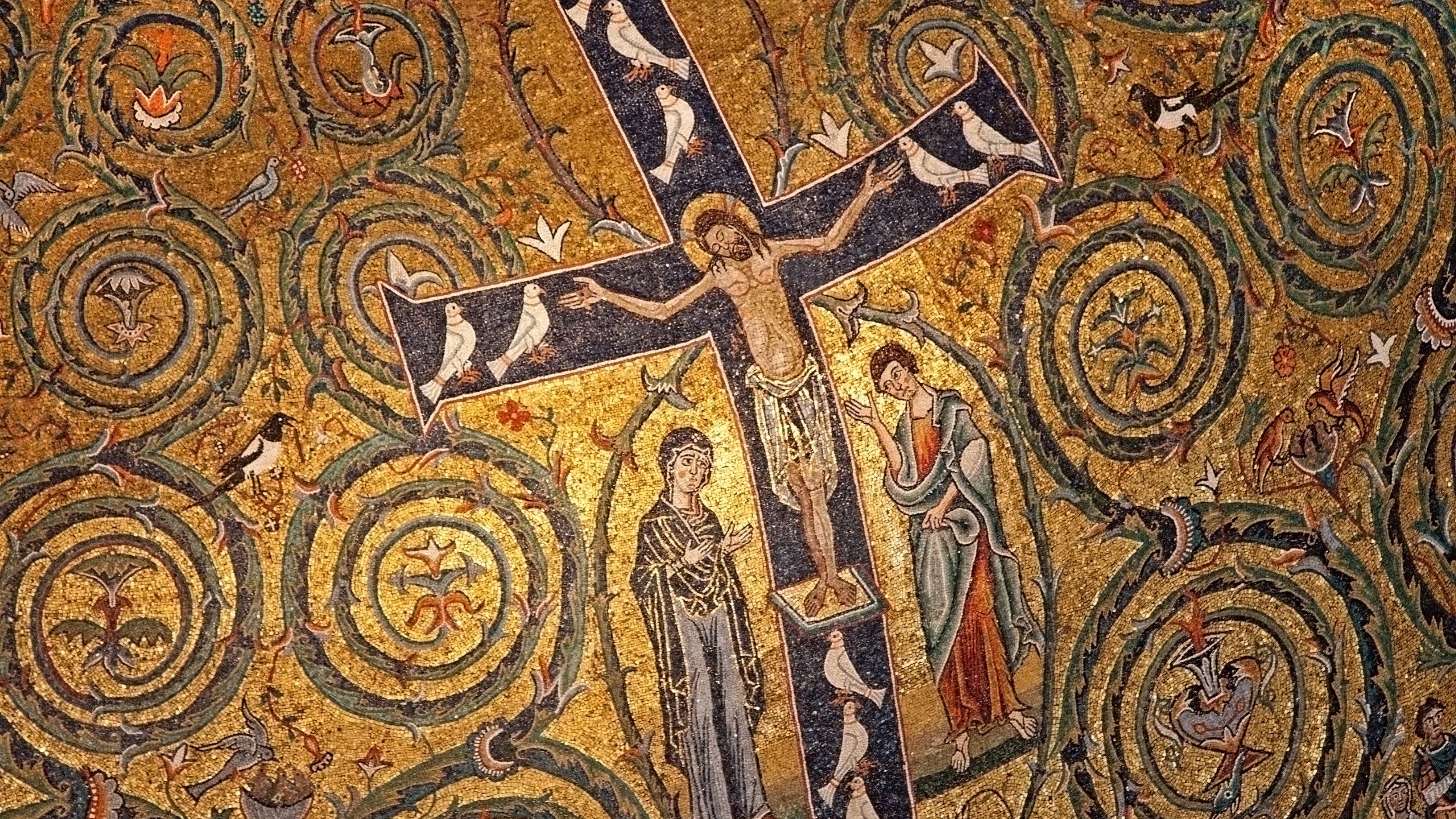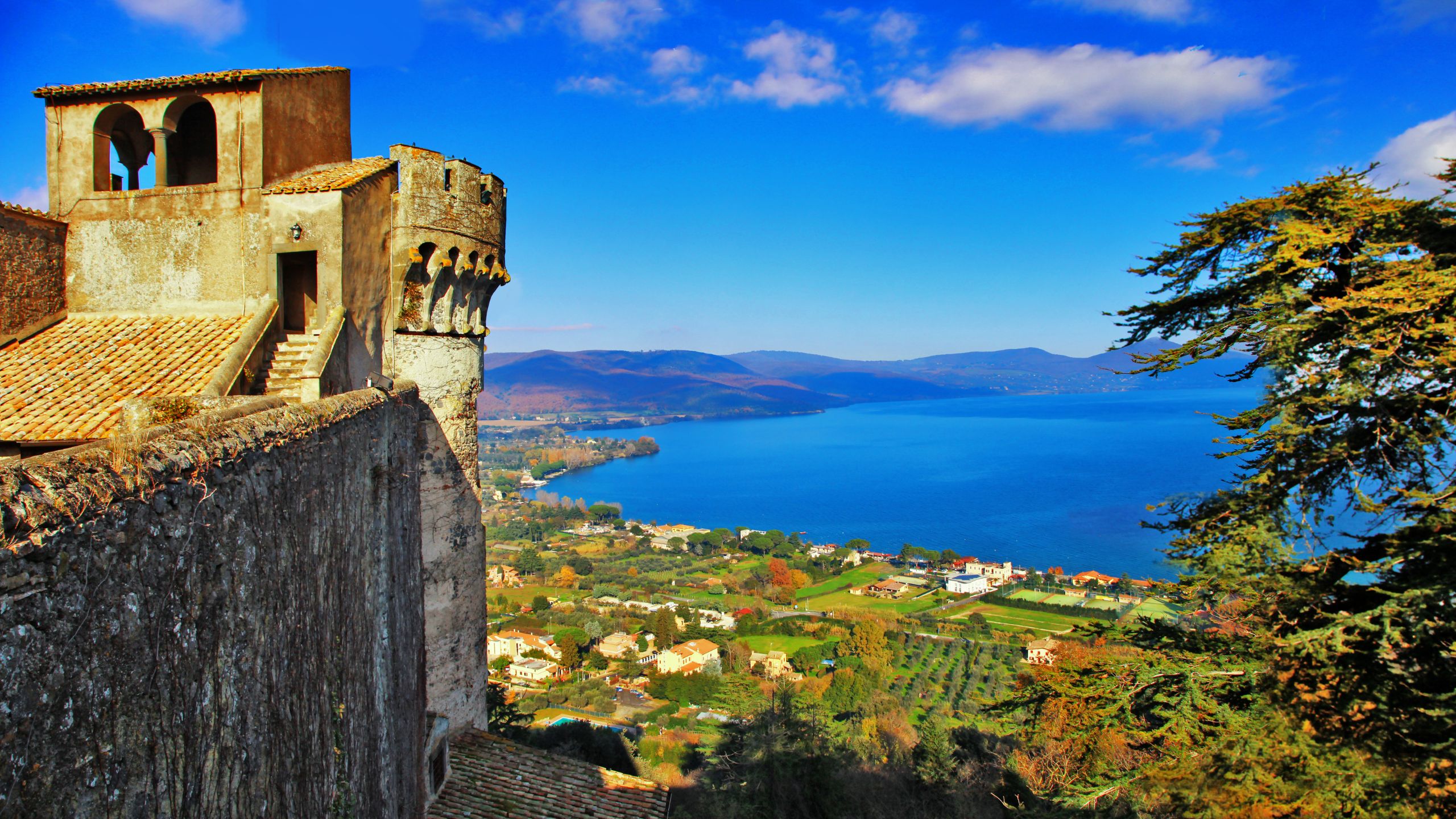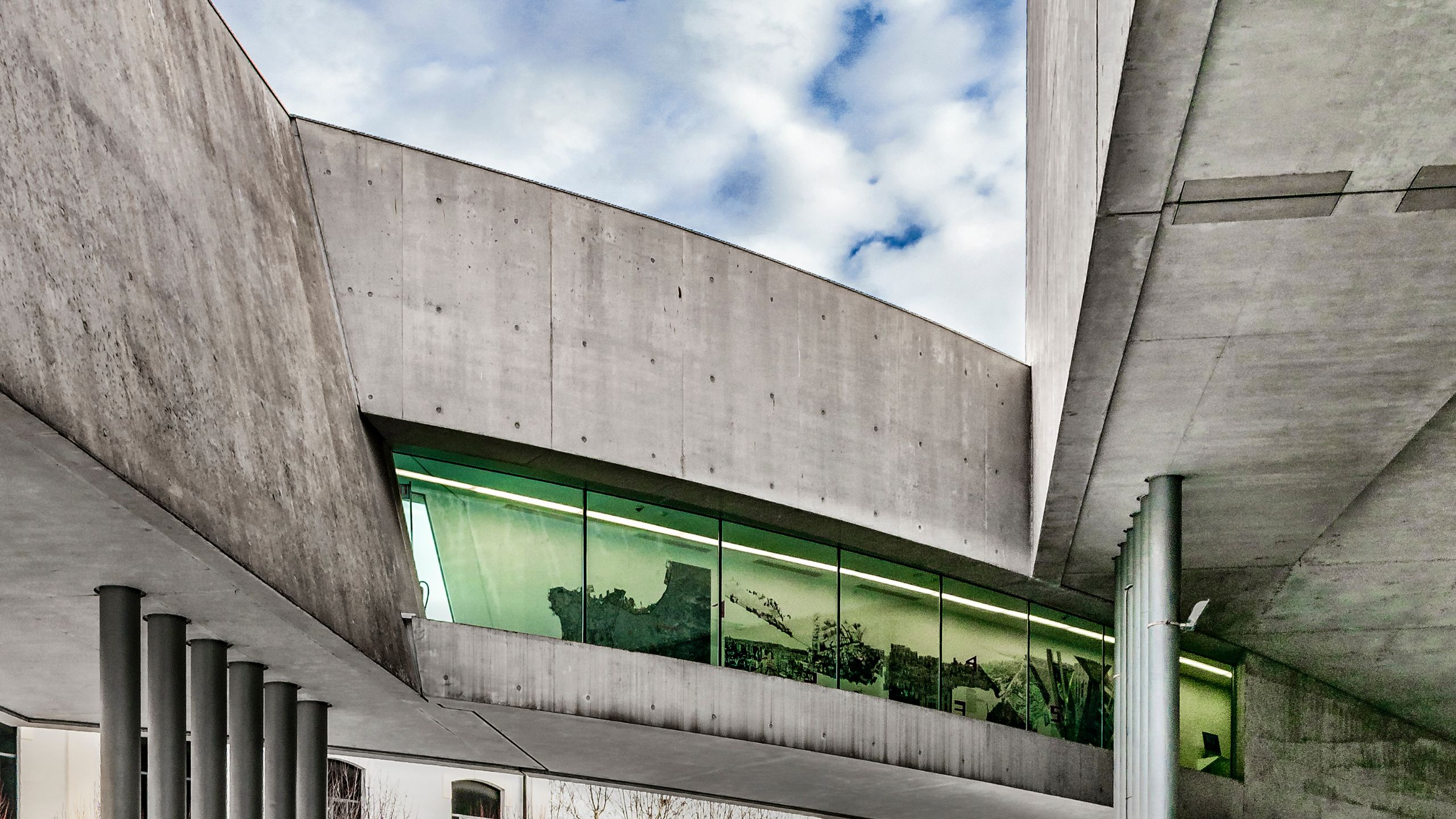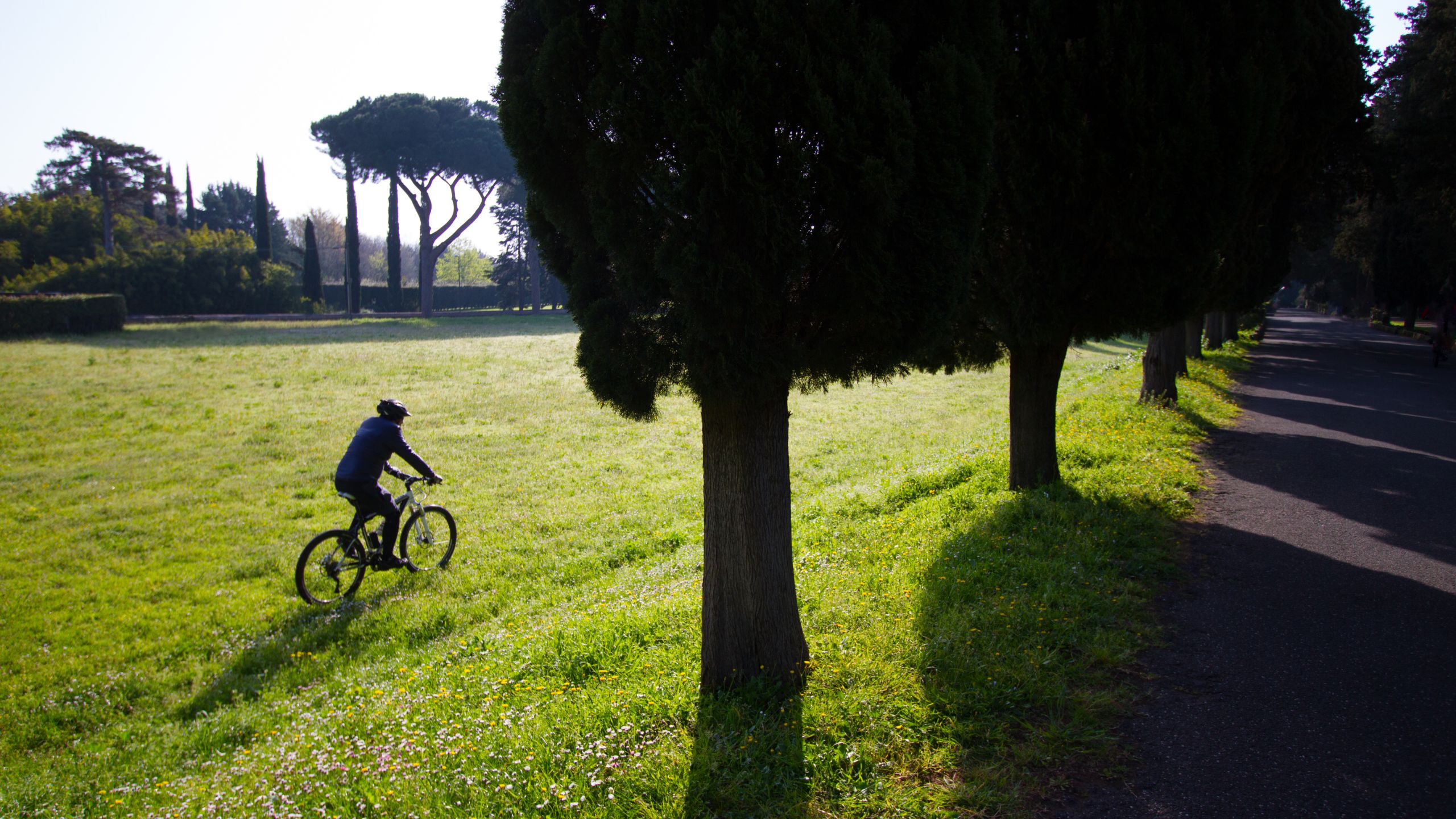Roman Holidays: The Basilica of San Clemente, a “Journey” Through the Centuries of Rome
Walking through Rome means treading on layers of history, and few places illustrate this concept better than the Basilica of San Clemente. Just a short distance from the Colosseum, on a quiet side street away from the tourist crowds, this church is much more than just a place of worship: it is a true journey through time, leading visitors across more than two thousand years of history.
The Layered Structure of the Basilica
What makes the Basilica of San Clemente unique is its three distinct levels, each representing a different era in the history of Rome:
1. Upper Basilica (12th century): The current structure, built in the 12th century, features a Baroque façade designed by Carlo Stefano Fontana in the 18th century. Inside, visitors are greeted by stunning mosaics, frescoes, and a Cosmatesque floor, characteristic of medieval Roman art.
2. Lower Basilica (4th century): Beneath the current church lies a 4th-century paleochristian basilica, used for worship until the 11th century. This level preserves frescoes from different periods, including depictions of miracles attributed to Saint Clement and scenes from the life of Saint Alexius.
3. Roman Structures (1st century): The deepest level reveals ancient Roman buildings, including a patrician domus and a Mithraeum, a sacred site dedicated to the god Mithras. These spaces offer a fascinating glimpse into religious and domestic life in ancient Rome.
The Upper Basilica: Medieval Art and Architecture
The first impression upon entering the upper basilica is one of grandeur and harmony. Built in the 12th century, the church boasts a majestic central nave, illuminated by golden mosaics that shimmer under the soft glow of candlelight.
The Cosmatesque floor, with its intricate geometric marble designs, is a masterpiece of medieval craftsmanship. Looking up, the mosaic in the apse tells a story of faith and resurrection, featuring Christ on the cross, from which elegant vine branches extend—a symbol of eternal life.
Here, one can still sense the medieval atmosphere of a Rome that, centuries after the fall of the Empire, was striving to rebuild its spiritual and artistic splendor.
The Lower Basilica: A Testament to Early Christian Worship
Descending the steps, visitors leave the Middle Ages behind and step back 800 years, finding themselves inside the 4th-century paleochristian basilica. The walls of this underground church are adorned with ancient frescoes, some of which remain remarkably well-preserved, depicting stories of saints and miracles.
One of the most fascinating frescoes portrays the miracle of Saint Clement, who calms a stormy sea to save a child. Another, even more unique, illustrates the legend of Sisinnius, featuring one of the earliest inscriptions in the Italian vernacular—a remarkable detail that takes us back to the very origins of the Italian language.
The atmosphere here is distinctly different from the upper church: darker, more humid, and imbued with the spirit of the early Christian communities, who gathered here in secrecy to worship within the walls of this now-forgotten basilica.
The Roman Structures: A Journey into Antiquity
But the journey does not end there. Another staircase leads even deeper, to a 1st-century AD Roman district, a time when Christianity was still a persecuted faith, and Rome was dominated by pagan temples.
On this lowest level, visitors can explore the remains of an ancient Roman domus and, even more astonishingly, a Mithraeum, a sacred space dedicated to the god Mithras, one of the most revered deities among Roman soldiers.
The Mithraeum’s original stone altar remains intact, depicting Mithras slaying the sacred bull, surrounded by zodiac signs. The vaulted ceiling, painted to resemble the night sky, and the stone benches along the walls suggest that this space was used for secret rituals and ceremonial feasts.
Walking through these underground chambers, with the sound of running water from an ancient aqueduct still functioning today, one truly realizes how Rome is a living city, built upon itself layer by layer.
A Hidden Treasure Waiting to Be Discovered
Visiting the Basilica of San Clemente is like taking a true journey through time, where each step brings you deeper into the roots of the Eternal City. For those passionate about history, archaeology, and Rome’s hidden gems, this church offers an unforgettable experience, far from the usual tourist circuits yet incredibly fascinating. If you want to witness firsthand the evolution of Rome, from its pagan origins to the Middle Ages, then San Clemente is a must-see. A place where every stone has a story to tell, and where descending into its depths gives the sensation of touching the very soul of Rome.




